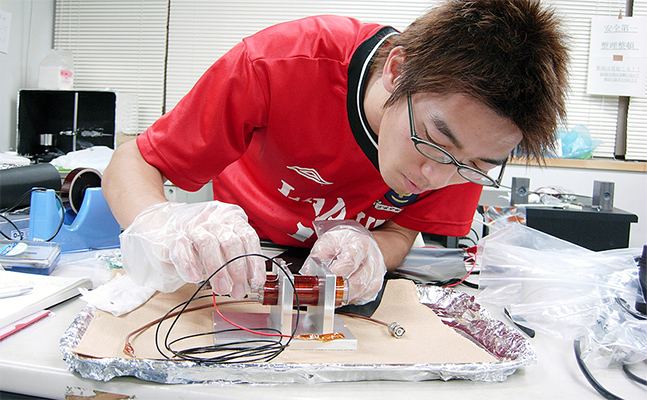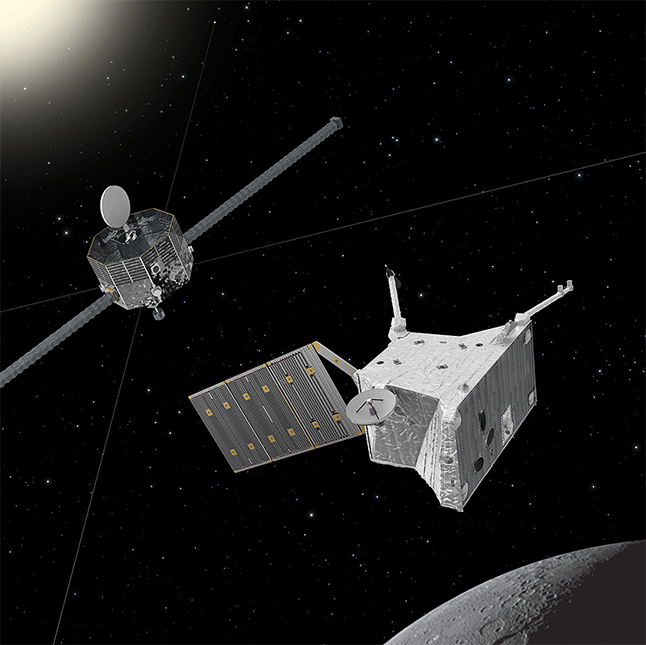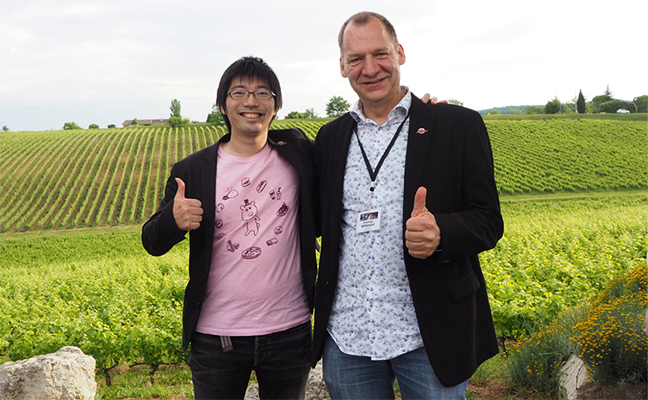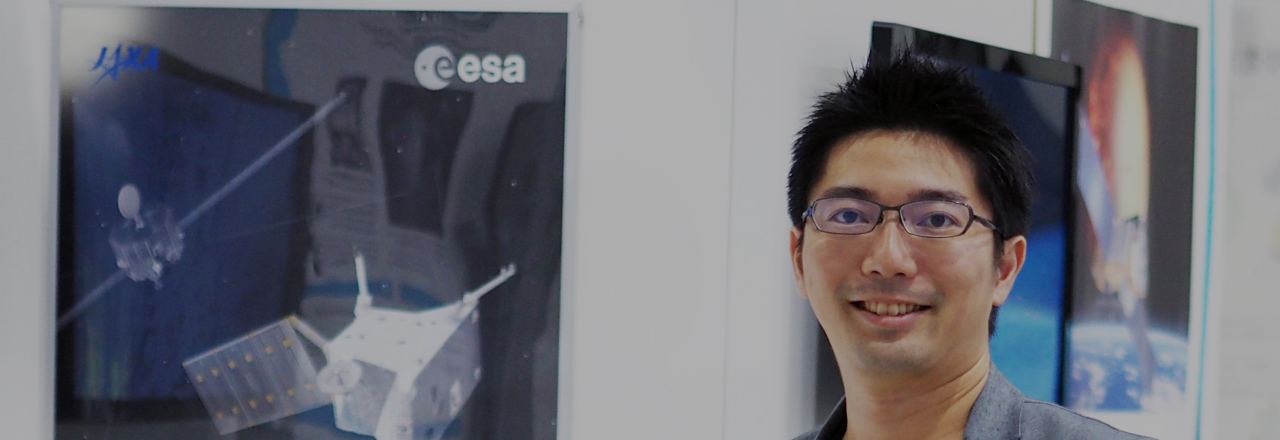Magnetospheric exploration: Japan’s key technique in international cooperation
I joined the BepiColombo mission in 2006, when I was a student at the graduate school of university. In the lab, I became a member of development team for instruments both on Mio and on MPO. So even I, “young scientist”, have already spent 12 years in BepiColombo mission.
Through this project, I thought that BepiColombo is one of the most important mission for future Japan’s and world’s planetary exploration. BepiColombo is the first mission with the international collaboration between ESA and JAXA. In addition, JAXA’s contribution is quite large because we provide a whole spacecraft to Mercury by using Japan’s key techniques acquired in the past Earth’s magnetospheric explorations. Now international cooperation is getting a standard way for planetary explorations. Therefore, Japan’s Mercury Magnetospheric Orbiter Mio should be a cornerstone for the future planetary exploration. This is the reason why I decided to be involved in this long long mission, devoting my scientist life.

Addressing the environments at habitable exoplanets
For the scientific point of view, BepiColombo is an important mission. Mercury is the only Earth-type (rocky) planet which doesn’t have thick atmosphere. Thus, there should remain a lot of valuable information about the planetary formation on Mercury’s surface without weathering. MPO will focus on the origin of Mercury and it can help us to understand the formation of rocky planets. In addition, one of the biggest mysteries in the solar system is the question how the smallest planet Mercury can keep its magnetic field. Both Mio and MPO will measure the magnetic field with two points observations simultaneously, and we will estimate the structure and dynamics of Mercury’s iron core. This result can contribute to understand the evolution of Mercury and rocky planets. Mercury Magnetospheric Orbiter Mio will focus on the interaction between the solar wind and Mercury’s magnetic field. This observation should be a key step for future discussions about the environments and habitability of exoplanets.

Copyright:Spacecraft: ESA/ATG medialab; Mercury: NASA/Johns Hopkins University Applied Physics Laboratory/Carnegie Institution of Washington
Preparation for the observation from 2026
However, the observation at Mercury is not so easy. For example, we cannot always turn ON our science instruments due to thermal constraints in hot season (during the period closer to the Sun). In addition, due to telemetry communication constraints, we can send only ~30% of total science data to the Earth. In order to maximize our science outcome against such limitations, we are preparing detailed science operations plan with many scientists. Fortunately we know previous results from MESSENGER, so now we are studying their results. Nominal science operations of BepiColombo will start in 2026, so this activity is mainly led by young scientists. I started to call young members and now more than 50 scientists are involved.
We still need to wait 7 years for science data from Mercury, but we have already acquired strong trust relationships with ESA, project team and science team members. This might be invaluable outcome as well as science results. I believe these experience and relationship will lead future planetary explorations. I sincerely appreciate for the long long efforts and supports of all the members. “Arigato”.




